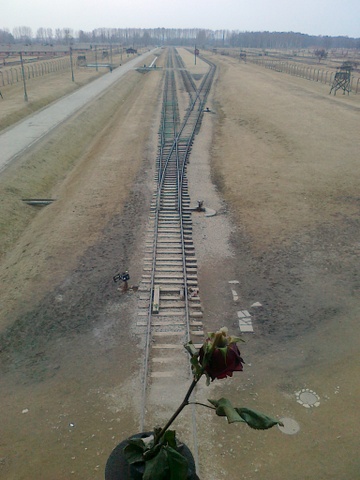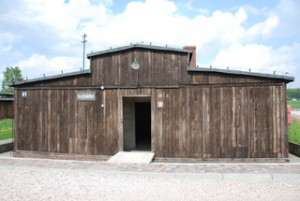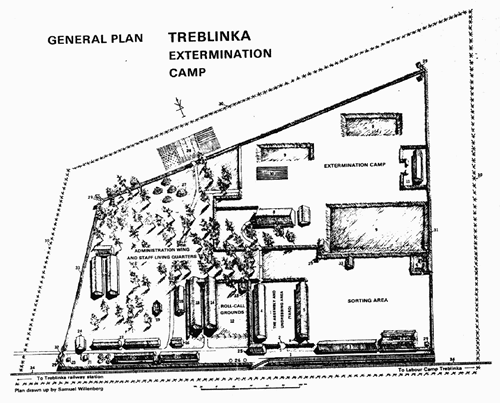Organized groups visiting Poland with their intensive itineraries are often lacking a proper historical context. Facts they are presented about this country and sites they visit begin to have some meaning only if they are interwoven into the complex history of Central Europe. Apart from the general historical lectures we also offer very specialized research presentations giving an in-depth understanding of social, political and religious changes in Poland through the centuries.
SELECTED LECTURE TOPICS
-
History of Poland
-
History of Jews in Poland
-
History of Catholic Church in Poland
-
History of Polish - Jewish relations
-
Hasidism
-
Zionism
-
20th century history of Poland
-
German occupation in Poland
-
Holocaust in Poland
-
Holocaust Education in Poland
-
Righteous Among the Nations in Poland
-
Jewish genealogy in Poland
-
History of religious and cultural minorities in Poland.
Lecture on German-Nazi Concentration and Death Camps for 200 Medical University students in Cracow. March 30th, 2012.
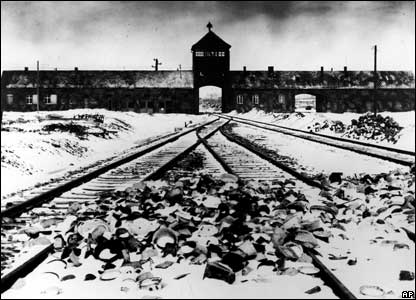
Birkenau
Nazi Concentration Camps:
1933-1939
- Name taken from the British Concentration Camps from the Second Anglo-Boer war.
- After "Reichstag fire" establishment of "Sondergerichte" to promote political terror. An estimated number of 70.000 German nationals were executed under this low till 1945.
- March 1933 Dachau as the first Nazi Camp for political prisoners in Germany.
- In 1934 the Camp are given under the SS command.
- Headquarters in Oranienburg.
Next camps being established:
Sachsenhausen - 1936
Buchenwald - 1937
Mauthausen - 1938
Flossenbürg - 1938
Ravensbrück - 1939 (for women)
It is estimated that before 1939 there were 165-170 thousands of prisoners sentenced for different period of stay in the Nazi Concentration Camps.
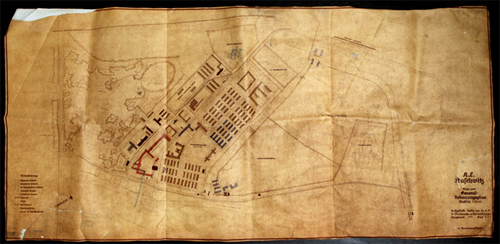
Plan of Auschwitz
1939-1945
General Plan East - Generalplan Ost
Major Concentration Camps established:
Stutthof - August 1939
Auschwitz - May 1940
Neuengamme - June 1940
Natzweiler-Struthof - July 1940
Gross-Rosen - August 1940
Bergen-Belsen - October 1940
Majdanek - October 1941
Hertogenbosch - January 1942
Ryga - Kaiserwald - May 1943
Mittelbau-Dora - December 1943
Confusing German camp naming to hide their actual functions: Konzentrationslager, Arbeitslager, Vernichtungslager, Sonderkommando SS, Zwangsarbeitslager, Aufenthaltslagers, Durchgangslager, Transitlager, Schutzhaftlager, Familienlager, Internierungslager etc.
Administration:
During the war the Camps were operating under the administration of:
- Reich Main Security Office (RSHA-Reichssicherheitshauptamt),
- Main SS Economic and Administrative Department (SS-WVHA-Wirtschaftsverwaltungshauptamt),
- Inspector of the Concentration Camps (Fuhrungs-und Aufsichtshauptamt - Inspektion der Konzentrationslager), from March 3rd 1942 r. became part of SS-WVHA as Amtsgruppe D. Konzentrationslager.
Major types of Camps Established:
- Konzentrationslager - Concentration Camps - known also as KZ-ets. Major, complex institutions with usually multiple sub-camps and working commandos.
Dachau, Stutthof.
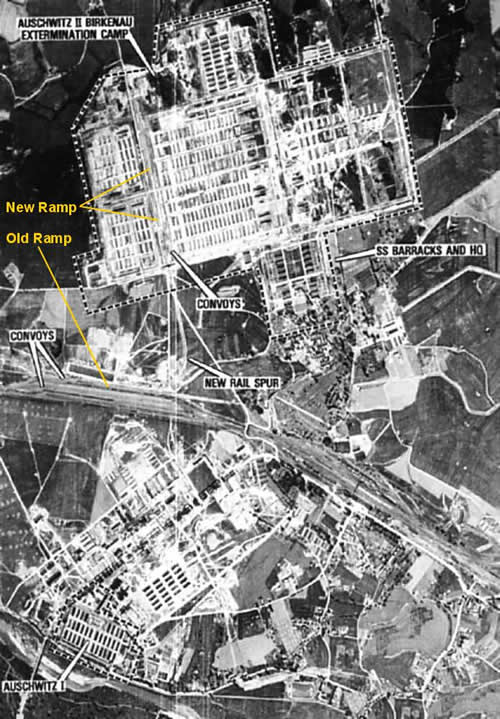
Aerial picture of Auschwiz and Birkenau from 1944
-
Arbeitslager - compulsory labor camps.
Project RIESE Camps. Treblinka I , Pustkow, Szebnie.
- Kriegsgefangenenlager - various POW camps also called "oflags", "stalags" or "dulags". Very often makeshift and primitively organized especially for the Soviet POW's.
Modlin
Soviet POW in the Camps - 5,7 million of inmates with 2,8 million estimated casualties.
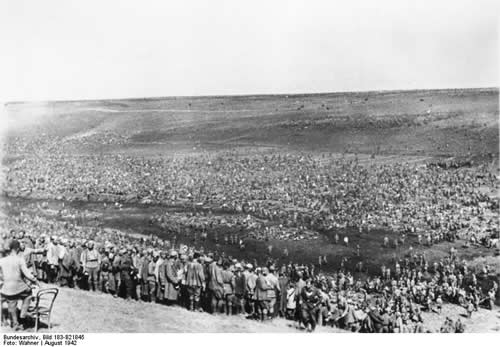
Soviet POW Camp
-
Police Prisons - places of investigations, transit and executions.
Fort VII in Poznan, Pawiak in Warsaw, Montelupi Prison Cracow.
- Germanization Centers - institutions mainly for young Slavic children to be Germanized and then adopted into German families.
Potulice, Kinder KZ Lodz.
- Resettlement and Transitory Camps - camps used massively in German-Nazi racial cleansing policy by the means of deportation and extermination.
Konstantynów, Izbica
-
Vernichtungslager - Death Camps - organized only for the extermination of Polish and European Jewry.
-
KULMNHOF - CHELMNO NAD NEREM
-
BELZEC

Belzec Memorial
-
SOBIBOR
Belzec , Sobibor and Treblinka were operating under the cryptonym "Aktion Reinhard"



